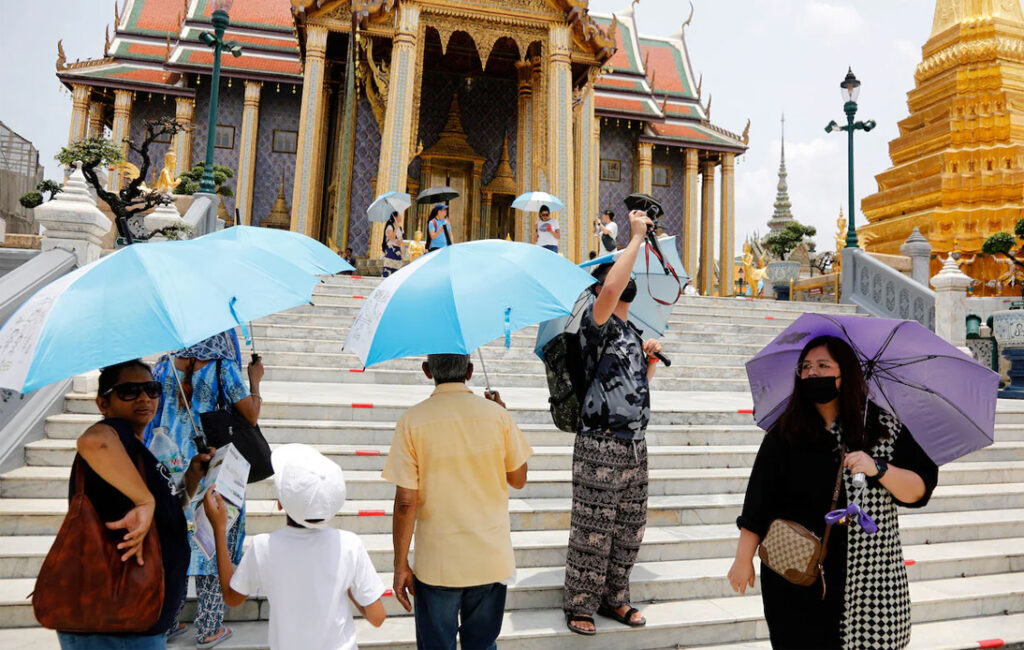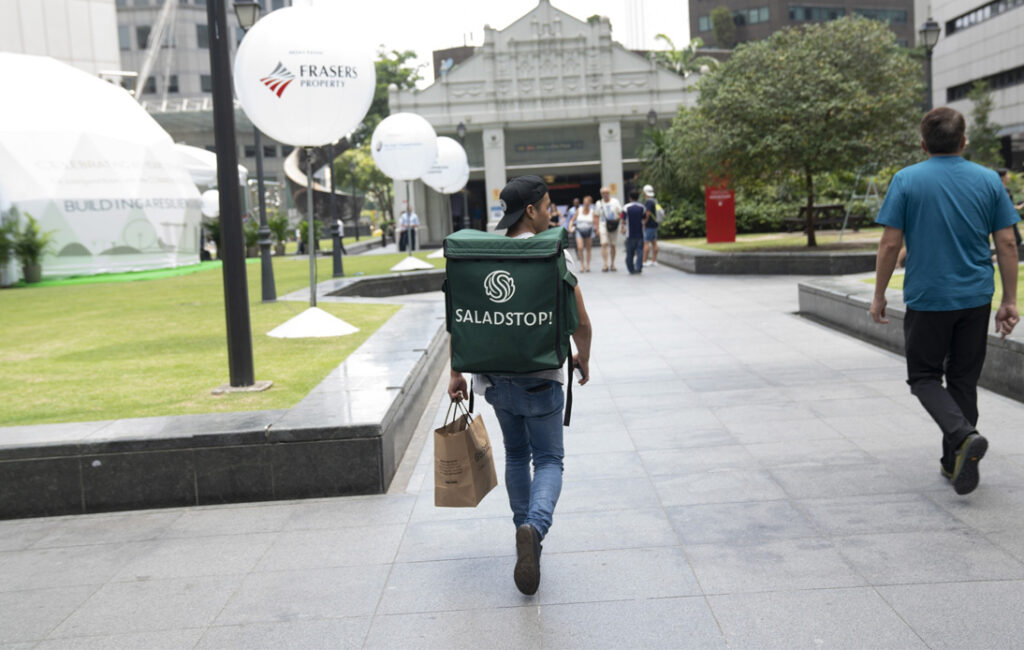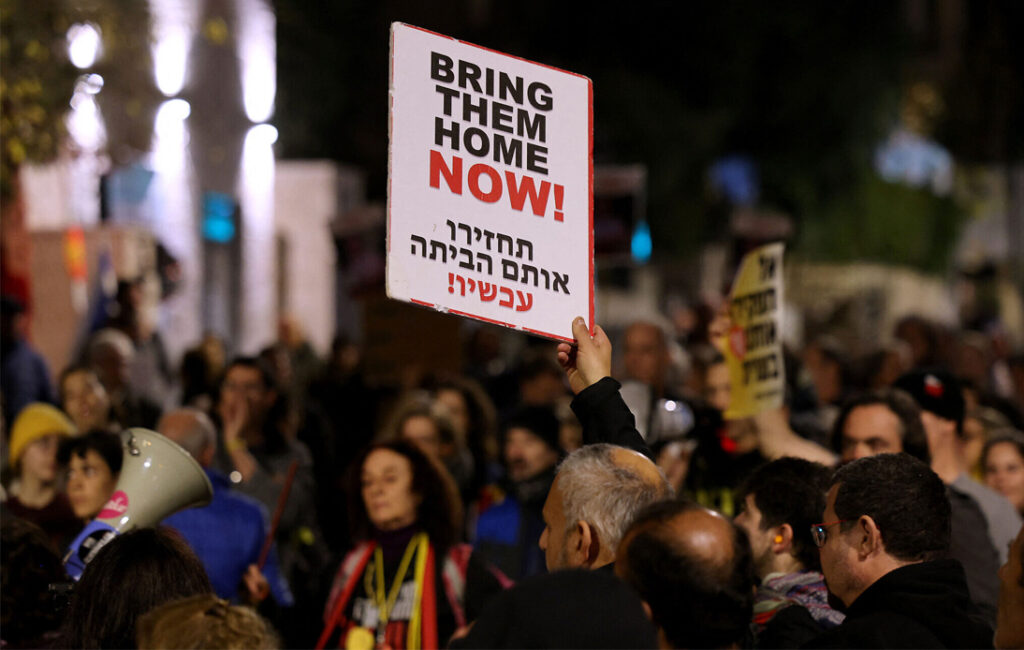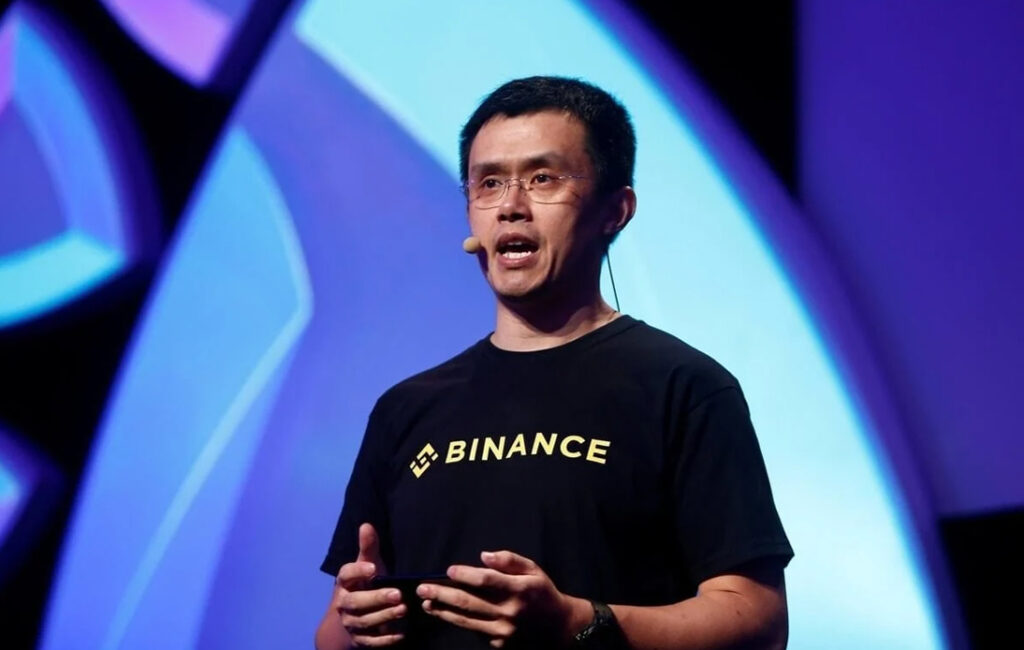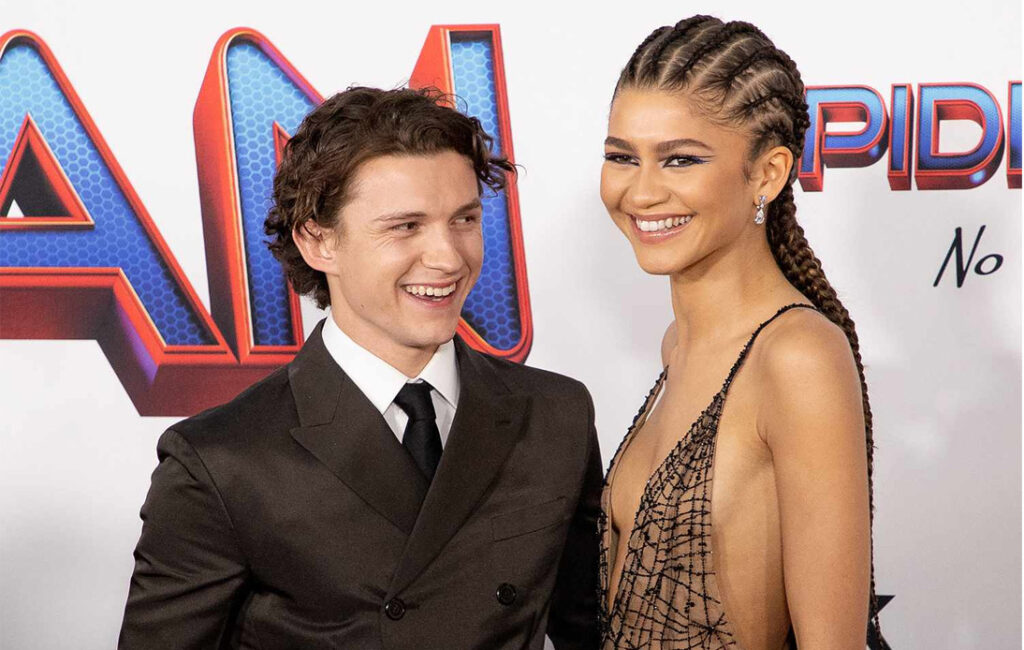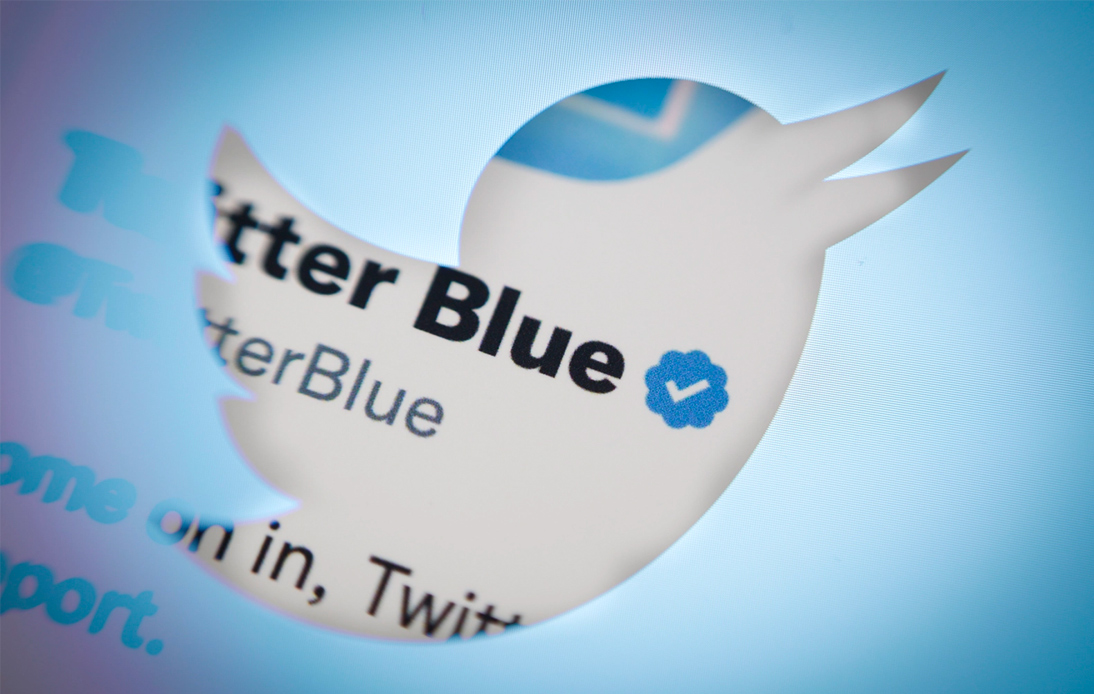
What connects Beyoncé and Cristiano Ronaldo? As of today, both are no longer verified on Twitter.
The major social media platform started removing the once-desired blue tick verification from numerous accounts on Thursday.
This action coincides with owner Elon Musk’s efforts to revamp the social media enterprise in order to generate profit.
To maintain the checkmark next to their names, users are now required to pay an annual fee of $84 (£67) for a Twitter Blue subscription.
As the transition occurred, many previously verified users expressed humor or grief over the loss on Twitter.
US Olympian Lolo Jones mentioned that she remains verified where it matters: on her dating profile.
Some users pointed out the irony that actor Jason Sudeikis had lost his verification, while the fictional character he plays, Ted Lasso, retained it.
US rapper Ice T remarked that the commotion surrounding the checkmarks was unwarranted.
“The fact that we’re even discussing Blue check marks is a Sad moment in society,” he shared.
The verification feature was first launched by the company in 2009, following a lawsuit from a former professional baseball player against the social media giant over fraudulent accounts.
The blue check evolved into a symbol of status and authority. However, in the new era of Twitter, Mr. Musk wants users to pay for verification.
The choice to monetize verification might initiate a significant cultural and power shift on the platform.
Before the era of verification, celebrities like Kanye West, Shaq, and Ewan McGregor were among the first to express concerns about being impersonated on Twitter.
Now, without the badges, a celebrity’s follower count might be the sole means of distinguishing them from an imposter.
Shortly after losing verification, a fake Hillary Clinton account, using the same profile picture as the former US Senator, “announced” her intention to run for president once more.
Under Twitter’s updated verification system, gold, grey, and blue badges are intended to offer additional context for an account’s verification.
However, the absence of verification is already creating confusion. A new account in New York City has claimed to be the “authentic Twitter account” for the government.
Experts caution that these types of tweets may contribute to the spread of misinformation.
Mr. Musk has attempted to frame the decision to eliminate verification as a means of democratizing content on the platform.
Critics, though, argue that the move will enhance disinformation as Twitter Blue subscribers receive prioritized rankings – Mr. Musk has stated that only verified accounts will be featured in the site’s prominent For You stream.
Social media observers and experts are concerned that the increase in paid verification will result in the amplification of misinformation on the platform.
If this occurs, it could deter more advertisers and jeopardize the additional revenue Twitter receives from its verification subscription model.
However, Mr. Musk asserts that discomfort is a component of change.
“I feel like we’re headed to a good place,” he stated. “Overall, I think the trend is very good.”






